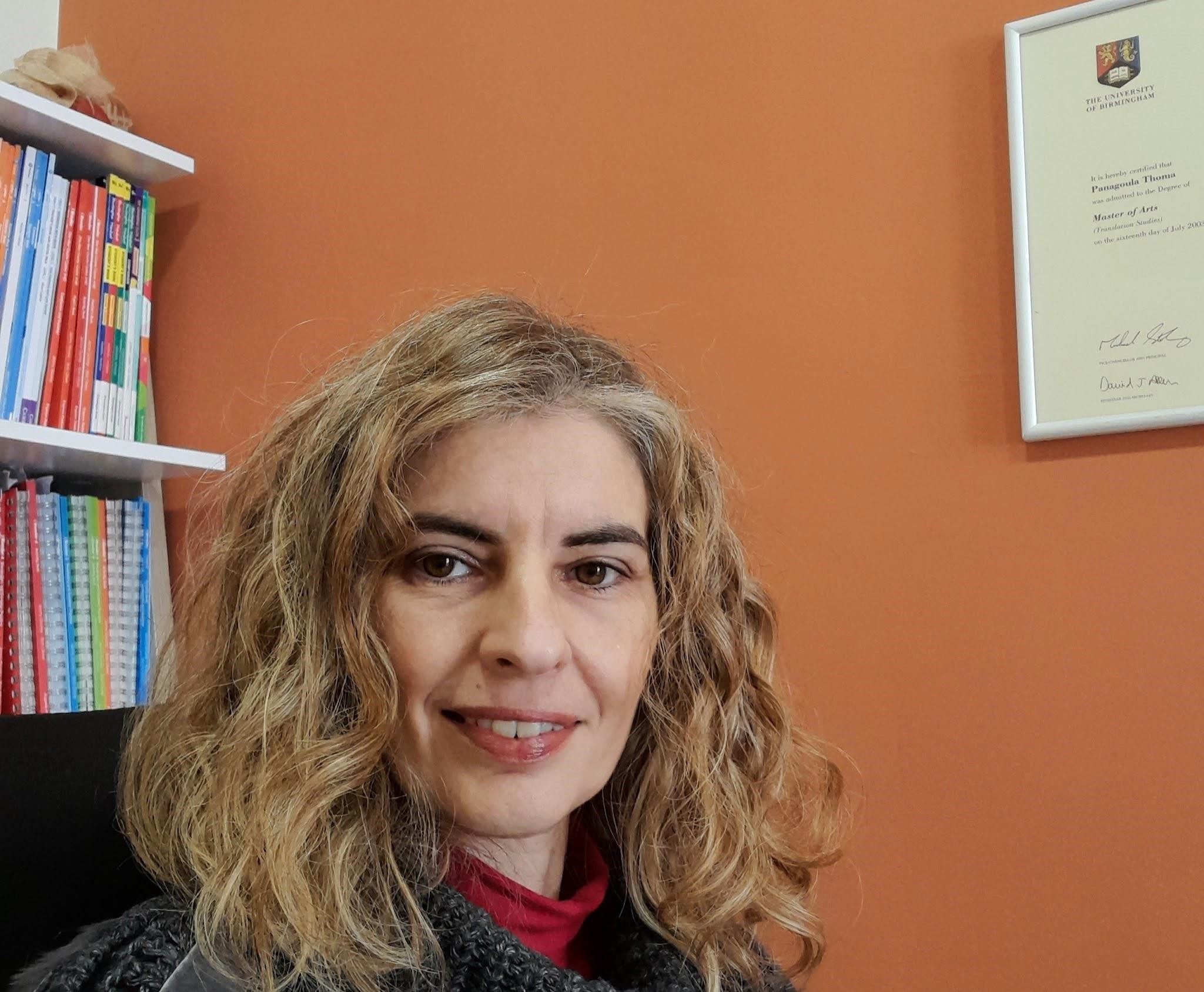After completing my studies in the UK, I moved to Greece where I have been teaching English for twenty years. I now own an ELC in Tolo, Argolida.
question you will come across in teachers’ groups is “What is the best coursebook for junior classes,senior classes or exam classes?” There are literally hundreds of these questions flooding in. Can you blame these teachers? Of course not. There is such a plethora of coursebooks, they feel overwhelmed. It is therefore vital to establish a procedure which will help us make an informed decision regarding the best material for our class. So, before choosing a book one should consider the following points.
- Set out your methodology
First things first. Before we even start looking into leaflets, visiting editors’ sites or exhibitions we need to set out our methodology. Scott Thornbury (2019) in one of his talks “What’s the latest teaching method?” refers to the two main methods namely the scholastic or academic method and the natural or experiential method. He also presents nine different dimensions of those methods from form to function and from analytic to experiential just to name a few. He also notes that most teachers use a combination of these and they would be somewhere in the middle rather than standing on the extreme ends. We need to make clear where we stand among these dimensions and the combinations we use in our teaching if we want to find the right “tool”. Because that is exactly what a coursebook is, a tool that is there to help us teach. We do not teach the book, we teach the language.
- Find your coursebook
The following step entails exploring editors' websites, attending exhibitions, and speaking with their representatives. This will allow you to familiarize yourself with their book methodology and evaluate its compatibility with your own. Communicating with colleagues who you share the same philosophy with is also extremely valuable as they will have already tried and tested the material they will propose. Apart from that, there are a number of other factors you should take into consideration. Engaging the learners is of utmost importance. Thus, we must examine the activities more closely to determine if they are engaging and stimulating for the students. The material should spark their curiosity and develop their thinking skills as well as their creativity. Illustrations are also crucial as they can enhance the element of curiosity. Another consideration is the supplementary material which is provided with the coursebook. These vary from flashcards and posters to IWB software, assessment, extra activities and games. Last but not least, we cannot overlook the expenses involved. The cost of the coursebook is one of its selling points and there are good reasons for that.
- Adjust and adapt
Even after locating the ideal coursebook that reflects our principles we still might have to adjust and adapt some parts of its contents. According to Alan Cunningsworth (1995) “ The aim is to find the best possible fit together with potential for adapting or supplementing parts of the material”. As mentioned earlier the book is a “tool” and it should be treated as such. For instance, a multiple choice question which is usually under the reading section can be turned into an open-ended question which will spark a debate followed by a project and even a presentation. A “boring” “fill in the blanks with the present simple” activity can be adapted so that it reflects the learners daily lives which can then become a writing about their routines and develop into an interview among the students where they will discover each others’ habits. We need to personalize the material at every opportunity so that the students can see the connection between what they are learning and their personal everyday reality.The possibilities are endless.
- Reflect and evaluate
So we have established the methodology, searched through all the available options and started working with the coursebook making any necessary adjustments. However, there is still one more step before we can be assured that this is the best material for our purpose. That is no other than reflect and evaluate the effectiveness of the coursebook. This is a long term process and it is taking place throughout the school year. It will take at least one school year to determine the efficacy of the material chosen.During this process teachers constantly look back to their lessons and ask a series of questions like: Has the book helped develop the learners’ skills? To what extent? Has the book met the aims and objectives of the course? Are there any weaknesses? What are its strongest points? The answers to such questions will indicate whether we have the most suitable coursebook. It is only after using the book that we can safely draw conclusions with regards to its adequacy.
To answer the initial question “ Does the best coursebook really exist?” “Yes, it does!”.

